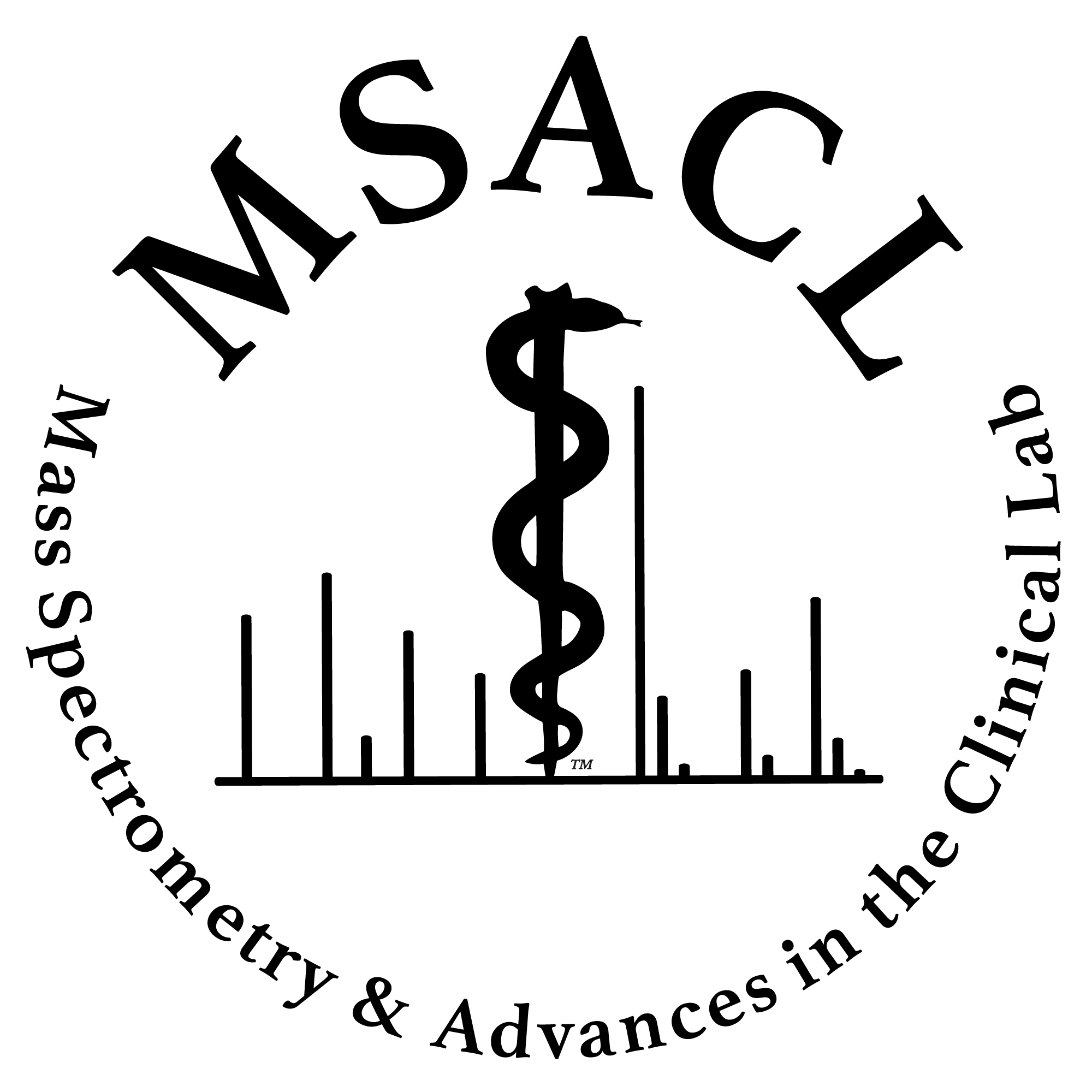|
Abstract Introduction:
Mycophenolate mofetil is an immunosuppressant preventing acute rejection after solid organ transplant. Mycophenolate mofetil and active metabolite mycophenolic acid (MPA) inhibit T and B cell proliferation by blocking inosine monophosphate dehydrogenase, which is required for guanosine monophosphate biosynthesis. However, unlike other immunosuppressants, serum and plasma are optimal samples for the quantification of MPA. Another class of drugs that requires therapeutic drug monitoring for post-transplant patients is antifungal drugs. Triazole antifungal drugs are commonly prescribed for the prevention and treatment of invasive fungal infections for immunocompromised patients or immunocompetent patients with comorbid conditions. Our laboratory offers a liquid chromatography assay for mycophenolic acid quantification. We also have an antifungal drugs panel on an LC-MS/MS platform. Because serum/plasma is the optimal sample for MPA and antifungal drugs, monitoring both mycophenolic acid and azole antifungal drugs simultaneously will increase laboratory efficiency while reducing the cost per test. We reported here the method development and validation of a new LC-MS/MS assay for the quantification of mycophenolic acid and antifungal drugs.
Methods:
The internal standards are mycophenolic acid-D3, voriconazole-D3, posaconazole-D4, itraconazole-D4, isavuconazole-D4, and hydroxyitraconazole-D4, which were purchased from Cerilliant (Round Rock, TX). Calibrators and controls were prepared in-house by spiking drug-free human serum with reference material purchased from Cerilliant (Round Rock, TX) or Toronto Research Company (Toronto, Canada). Serum or plasma samples were protein precipitated. After centrifugation, the supernatant was diluted with mobile phase A and was ready for injection. Analytes were separated on an Ultra C18, 50 x 2.1 mm, 3µm, analytical column (Restek, Bellefonte, PA) on a 1260 HPLC system (Agilent, Santa Clara, CA). Mobile phase A was ammonium formate (10 mM, with 0.1% formic acid); mobile phase B was acetonitrile with 0.1% formic acid. The mass analyzer was either API 6500 or API 4000 triple quadrupole mass spectrometer with an electrospray ionization source. Injection volume was optimized for API 6500 and API 4000 instruments individually. A six-point calibrator and three levels of quality control samples were included in every batch. Raw data were processed using MultiQuant software (SCIEX, Framingham, MA).
Results:
Our laboratory currently offers two separate tests for mycophenolic acid and antifungal drugs panel. MPA assay is on a Thermo Finnigan AS3000 liquid chromatography system and antifungals panel on an LC-MS/MS platform. We sought to combine two methods into one LC-MS/MS assay. This would increase laboratory efficiencies by reducing blood draws, decreasing sample volume, and reducing cost per test. In the meantime, after the new assay goes live, we can retire an aging HPLC system. MRM transitions of MPA and antifungals were optimized on API 6500 and API 4000 triple quadrupole mass spectrometers. The quantification transitions are: mycophenolic acid, 321.0>207.1; voriconazole, 350.1>281.0; posaconazole, 701.3>683.3; itraconazole, 705.2>392.2; isavuconazole, 428.1>215.0; and hydroxyitraconazole, 721.2>408.2. LC separation time is 5 min per sample. The intraday and interday assay precisions are within 1/3 of the total allowable error. The analyte measurable ranges (AMR) are: MPA, 0.4 - 48 mcg/mL; posaconazole, 0.1 - 12 mcg/mL; and 0.2 - 24 mcg/mL for voriconazole, isavuconazole, itraconazole, and hydroxyitraconazole. The test performance on API 6500 vs. API 4000 system will be compared and evaluated.
Conclusion:
We developed a sensitive and robust LC-MS/MS method that can quantify MPA, voriconazole, posaconazole, isavuconazole, itraconazole, and hydroxyitraconazole simultaneously. Our laboratory is in the process of validating this method on both API 6500 and API 4000 mass spectrometers.
|

